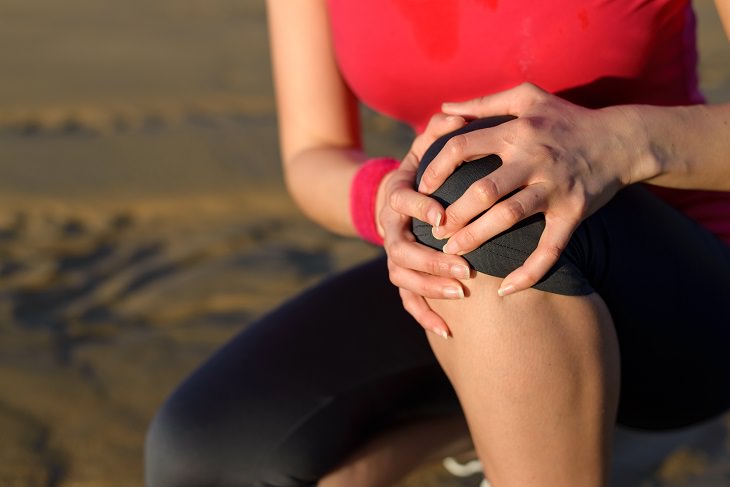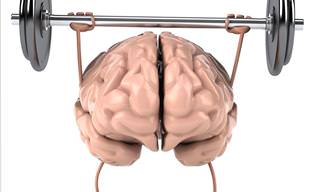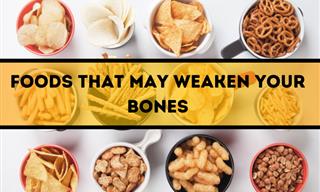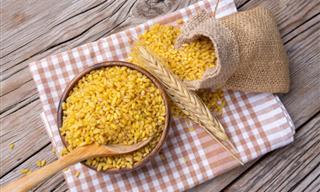1. Obesity – Mechanical

If you’re overweight, you’re cartilage is being subjected to a lot more wear and tear forces.
Solution: Lose weight. This is a simple solution, but it’s often tough to accomplish and maintain.
2. Obesity – Biochemical
Obesity not only breaks down cartilage by wear and tear, but it also causes changes in the patient’s insulin response system, which also breaks down cartilage. This is known as “Metabolic Syndrome” which is defined by obesity, early diabetes, and high blood pressure.
Solution: Not only should you try to lose some weight, but you should also try to reduce your sugar and carbohydrate intake in order to decrease spikes in blood sugar and insulin release. This means that if you have the genes that put you more at risk from Metabolic Syndrome, you need to keep to a strict low glycemic diet. You likely have the genes if you have that middle-aged paunch, muffin top, or belly). This means no sodas, no caffeine, no fruit drinks, no added sugar, limited whole grains, and no baked goods.
3. Trauma

Injuring the cartilage surface in a traumatic event can lead to a weak spot in the cartilage that can cause the area to break down with normal forces. Think of a strong fabric with a rent – the damage might be small at first, but the fabric will wear faster due to this rent.
Solution: Consider cell based solutions to help with cartilage repair before the problem gets bigger. This could include platelet rich plasma or stem cell injections.
4. Joint Instability
Think of ligaments as duct tape that hold your joints together. An unstable joint means that ligaments have been injured, which will cause the joint to move around too much. All of this extra motion can further slower injure the cartilage in the joint. Signs of instability include swelling or soreness after activity and if the instability is severe, you might notice sudden popping, shifting, or cracking.
Solution: Injections such as prolotherapy, PRP, and stem cells in our clinical experience can help to reduce instability. If the stability is more severe, you might need to have it surgically corrected.
5. Nutrition
1,500 mg of Glucosamine has been shown in MRI studies to protect cartilage. The same cartilage protection is true for 1,200 mg of Chondroitin a day. Vitamin C also has a protective effect, as does Reseveratrol. Vitamin E might also be able to protect against premature cell death due to excessive wear.
6. Medications
The most common medications injected into arthritic joints are also more likely to cause cartilage cell death. Local anesthetics that contain epinephrine are even more toxic due to their low pH land a preservative used to prolong the shelf life of the medication. Furthermore, commonly used NSAID medications such as Ibuprofen, Naproxen, and Celebrex may also have negative effects on normal cartilage cells.
Solution: Stay away from cortisone shots and consider using natural anti-inflammatories such as fish oil.
7. Hormonal Changes
The most important hormone related to cartilage breakdown is Leptin. This is the hormonal switch that tells you when you’re full. In those who chronically overeat, too much leptin is produced, meaning that the body loses its sensitivity to the hormone and Metabolic Syndrome sets in.
Solution: See above for Metabolic Syndrome, and also eat smaller portions. You can reset your leptin switch, turning off your impulse to eat, by drastically reducing your food intake for a day or two.
8. Repetitive Trauma
If your joints are normal, then running should help your cartilage. However, if you’ve already had joint surgery, then activities such as running or other impact sports can worsen the cartilage loss.
Solution: If you already have cartilage loss, switching from high impact to mid or low impact activities might help to protect your remaining cartilage. If you have normal joints, keep running as this seems to help protect the joints from damage.
9. Poor Alignment and Biomechanics
We all accept the idea that if our car alignment is off, the tires will wear down unevenly. The same rules apply to our bodies. If you have asymmetrical cartilage loss (one knee and not the other, for example), you might have a body alignment issue that’s wearing down certain joints a lot faster.
Solution: Best to read the alignment section in this free PDF.
10. Age and Genes
Older patients seem to have much less cartilage and certain people have genes that make them susceptible to weaker cartilage. There might not be anything you can do about this one, which is why it’s last on the list.
 Go to BabaMail
Go to BabaMail




























